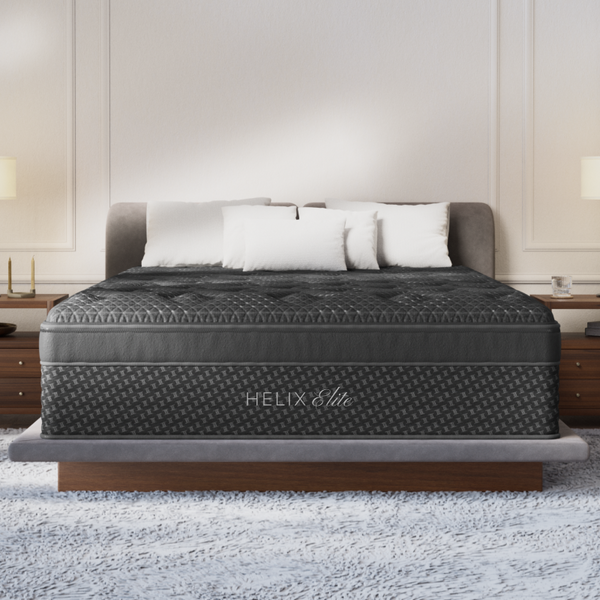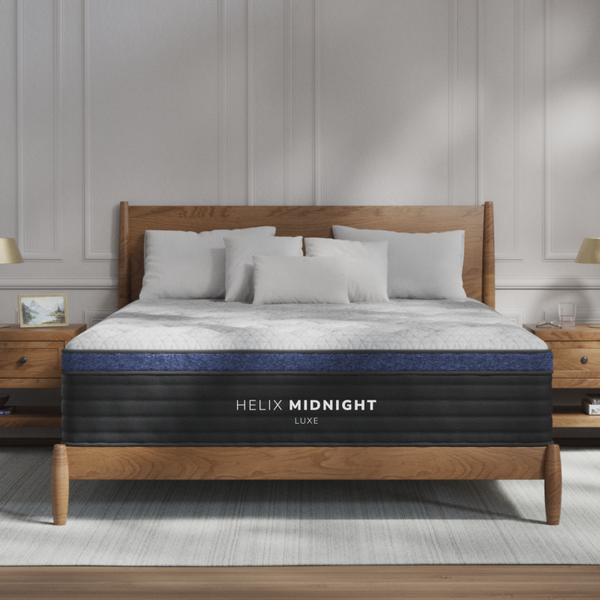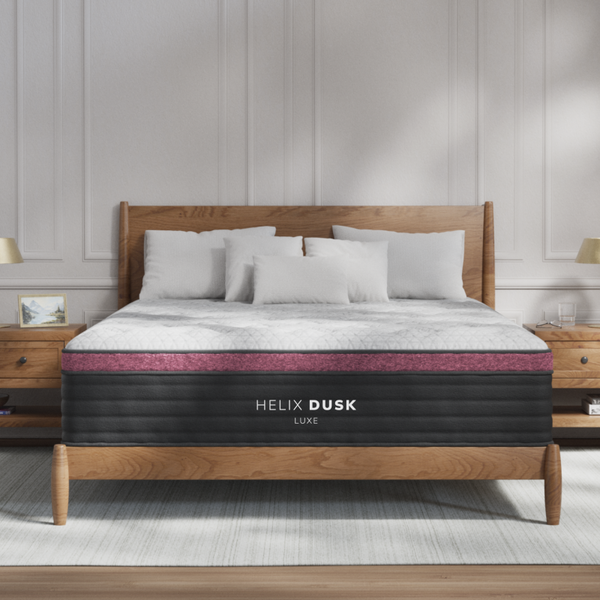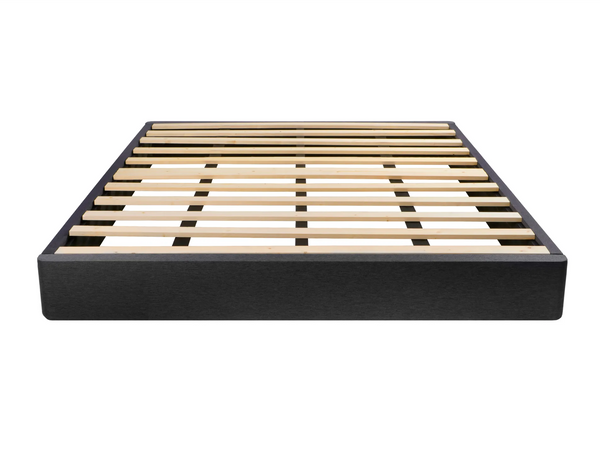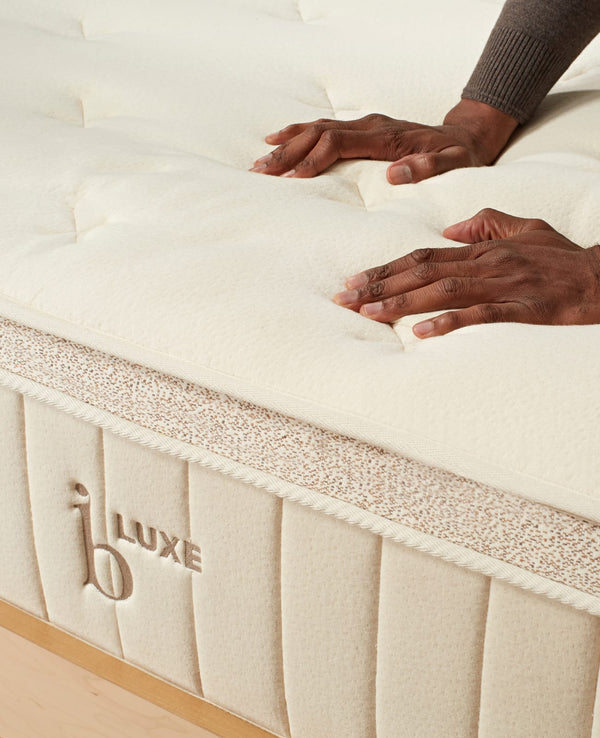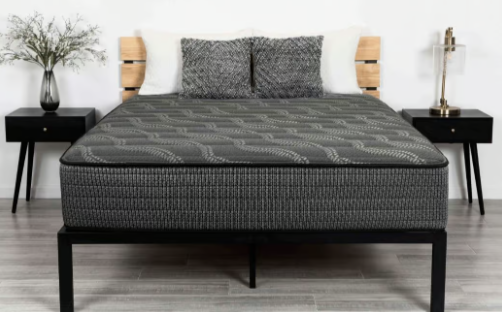
Frequently Asked Questions
1. How does climate affect mattress selection?
2. What mattress materials are best for hot climates?
3. What are the advantages of innerspring mattresses in humid conditions?
4. How can I maintain my mattress in different climates?
5. What eco-friendly options are available for mattresses?
When it comes to sleep, one of the most significant factors influencing your comfort is the mattress you choose. However, your climate plays a crucial role that is often overlooked. Understanding how temperature and humidity affect your mattress choice can lead to a much more restful night’s sleep. In this article, we’ll explore the various ways climate impacts mattress selection, and how you can make an informed decision based on your environment.
Understanding Mattress Materials and Climate
Mattresses come in various materials—each with its unique properties and benefits. How these materials react to local climate conditions can significantly influence your sleep quality. Before making a purchase, it is essential to think about how different climates interact with specific mattress materials.
Memory Foam
Memory foam mattresses are known for their comfort and support. However, they can retain heat. In warmer climates, a mattress that traps heat can lead to an uncomfortable sleeping environment. If you live in a hot area, look for brands that offer cooling technologies or gel-infused memory foams designed to dissipate heat.
Latex
Natural latex mattresses are often more breathable than memory foam, making them a solid choice for warmer climates. The open-cell structure of latex allows for improved airflow, helping you maintain a comfortable body temperature throughout the night. If you reside in a humid area, natural latex can also help resist mold and mildew, which can be a common issue when humidity levels rise.
Innerspring
Innerspring mattresses are generally cooler than their foam counterparts due to their coil systems that promote airflow. This type is advantageous in humid conditions, where ventilation becomes vital for a good night’s rest. Those in drier climates may find that an innerspring mattress provides a comfortable balance of support and breathability.
Climate Factors to Consider
Beyond just the type of mattress material, a few climate factors can influence your overall satisfaction with your mattress:
Temperature
Temperature is a fundamental element to consider when selecting a mattress. As we’ve discussed earlier, some materials retain heat, while others help regulate it. Understand your region's temperature trends—are summers extreme? Are winters cold? This understanding can help you choose materials that align with your home environment.
Humidity
High humidity can create an environment ripe for allergies and mold. Consider how bedding choices can mitigate these issues. For example, hypoallergenic covers and moisture-wicking materials can help protect from allergens while ensuring a comfortable sleep experience. In dry climates, ensure your mattress has the right balance—not too stiff and not too soft—to avoid both discomfort and damage to the mattress.
Seasonal Changes
Some regions experience dramatic shifts in seasons. For those living in these areas, you might want to consider a mattress that can adapt. One option may be flippable or dual-sided mattresses, allowing you to customize your sleep experience based on the season. A firmer side for winter might retain warmth, while a softer side might help during the summer months.
Finding Your Perfect Mattress Based on Climate
With all the aforementioned climate influences in mind, here are some tips for choosing the best mattress tailored to your specific environmental needs:
Test Before You Buy
Your mattress is a significant investment. Before deciding, test different options at your local stores. Lie down on various mattresses and pay attention to how they feel in relation to your climate. Is it too warm? Too stiff? Listen to your instinct—your comfort is paramount.
Research Brand Technologies
Some brands offer advanced technologies designed to help mitigate the effects of climate. Look for features like cooling gel layers in memory foam, breathable covers, and moisture-wicking products. These innovations can greatly enhance your sleeping experience, especially in less-than-ideal temperatures.
Size and Structure
The size of your mattress can also impact the overall sleeping experience in relation to temperature and space. Larger mattresses might require added layers of bedding which can trap heat. Consider whether a smaller bed size might actually offer a more comfortable thermal environment.
Maintenance and Care for Mattresses in Different Climates
Once you’ve picked the perfect mattress, maintaining it according to your climate is essential for longevity and comfort. Here are some strategies to keep your mattress comfortable for years to come:
Regular Cleaning
No matter your climate, keeping your mattress clean can help with allergies and odors that arise from mold or dust mites. Vacuum your mattress regularly and use a protective cover to keep allergens at bay.
Flipping and Rotating
To ensure even wear, consider rotating or flipping your mattress regularly, as some mattresses are meant to be used on both sides. This practice helps enhance comfort over time while also extending the mattress's lifespan. Depending on your climate, you may notice different areas might wear faster, and rotation curbs this issue.
Temperature Regulation Techniques
Investing in high-quality sheets and blankets that align with your local climate can make a significant difference in your overall comfort. Lightweight, breathable materials work well for heat retention during summer, while heavier, warmer bedding helps during winter months.
Eco-Friendly Options Under Climate Considerations
Sustainability is increasingly important for shoppers, and climate influences this choice significantly. Eco-friendly mattresses are available in various materials, including natural latex and organic cotton. These choices are beneficial not only for the environment but also for your health.
Understanding Certifications
When considering eco-friendly options, certifications like GOTS (Global Organic Textile Standard) or CertiPUR-US can give you peace of mind. These certifications ensure that the materials used in your mattress meet rigorous environmental and safety standards.
Local Brands
Look for local manufacturers who can provide more tailored options based on your regional climate. Local brands may offer mattresses specifically designed for the weather patterns of your area, using materials that are better suited to maintain your comfort year-round.
Your Journey to Restful Sleep Awaits
Choosing a mattress based on climate is more than just a smart decision—it's an investment in your health and well-being. By understanding how temperature, humidity, and seasonal changes affect your sleep, you can choose the best mattress for your needs. Don't overlook the impact of the environment on your comfort. Investing time and effort to research and test various types of mattresses ensures that you find something that is perfect for you.
Remember, a good night’s sleep plays a vital role in your overall health, productivity, and mood. So, explore your options, consider your unique climate, and get ready to enjoy peaceful slumbers on a mattress that perfectly suits your needs. Happy sleeping!

